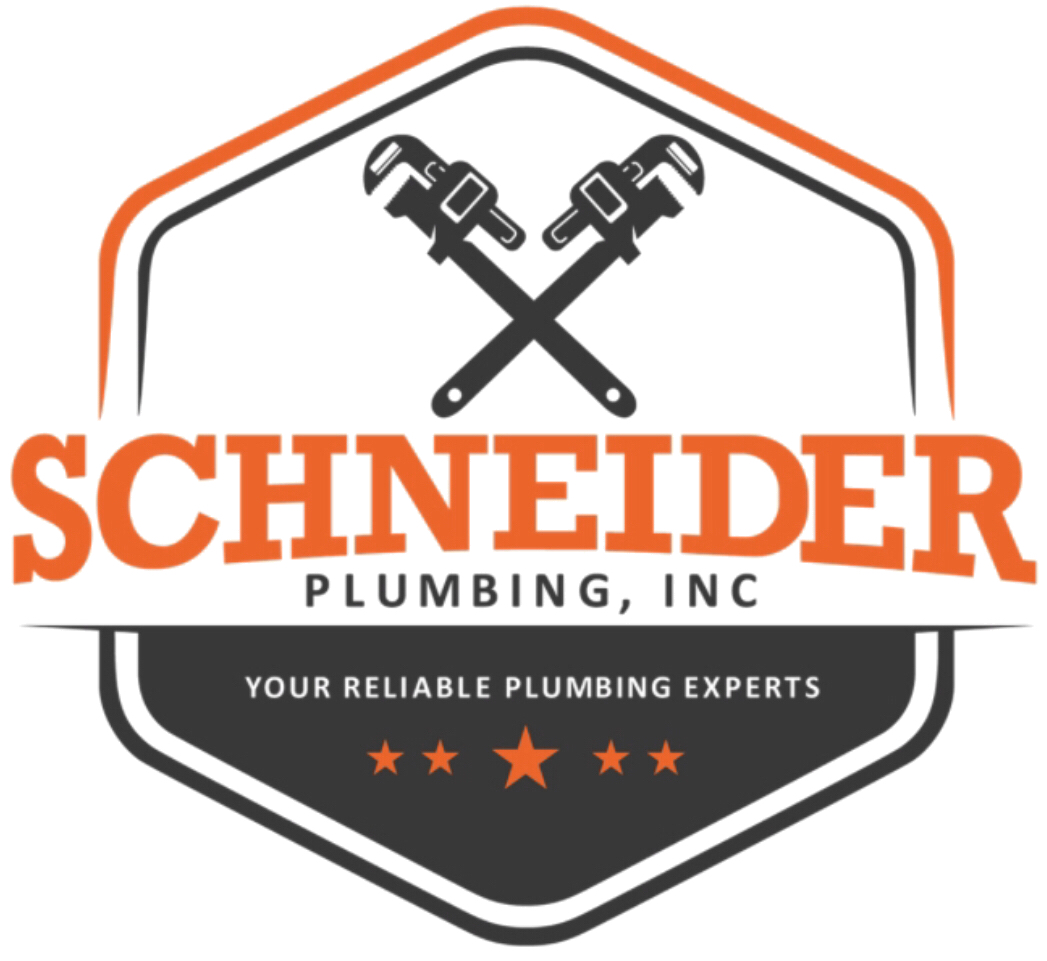
The Evolution of Plumbing & How it Eradicated Diseases
- Schneider Plumbing
- Jan 14, 2023
- 3 min read
Updated: Jan 17, 2023
Plumbing, the system of pipes and fixtures installed in buildings for the distribution of water and the removal of waste, has a long history dating back to ancient civilizations.
The earliest known examples of plumbing date back to the Indus Valley Civilization in present-day Pakistan and northwest India, where engineers developed a sophisticated system of underground sewers and drainage channels around 2600 BCE. The ancient Egyptians also developed a sophisticated plumbing system, with a network of clay pipes used to transport water to homes and public buildings.
Plumbing continued to evolve over the centuries, with the ancient Romans developing lead pipes and aqueducts to transport water to their cities. The use of lead pipes, however, would later prove to be problematic as it was discovered that lead can leach into the water supply, causing lead poisoning.
During the Middle Ages, plumbing was largely limited to the wealthy, with most people relying on wells and cisterns for their water supply. It wasn't until the 19th century that plumbing began to be widely adopted, with the advent of new materials such as cast iron and copper making it more affordable for the average person.
One of the biggest impacts of plumbing on human health came in the form of the eradication of diseases caused by poor sanitation. Before the widespread adoption of plumbing, diseases such as cholera, typhoid fever, and dysentery were common. With the installation of clean water systems and proper waste disposal, these diseases became much less prevalent.
Today, plumbing remains an essential part of modern society, with the majority of people living in developed countries relying on it for their daily needs. It has transformed the way we live, work and how we manage our waste, but still continuous research and development is being done to improve the sustainability and efficiency of the system.

Plumbing has come a long way since its origins in ancient civilizations. The development of plumbing has not only made our lives more comfortable but also played a crucial role in improving public health by eradicating diseases caused by poor sanitation.
As plumbing technology continues to evolve, new innovations are being developed to make the system more sustainable and efficient. One example of this is the use of greywater systems, which recycles household water from sinks, showers, and washing machines for use in toilets and irrigation. This not only conserves water but also reduces the burden on municipal sewage treatment facilities.
Another area of innovation in plumbing is the use of smart technology. Smart toilets, for example, can track water usage, detect leaks, and even self-clean. Smart showerheads can monitor water pressure and temperature, and even automatically shut off if a leak is detected. Smart water shut off valves, can connect to your smart phone and give you statistics on water usage. If any irregular usage is detected, such as a dripping faucet, it will shut water to your whole home. These innovations not only improve the functionality of plumbing systems but also help to conserve resources and reduce water waste.
In addition, the use of sustainable materials is also becoming more common in plumbing. Copper and PVC pipes, both of which are non-toxic and long-lasting, are being used more frequently in place of traditional materials such as lead and galvanized steel.
Finally, plumbing professionals are increasingly focused on providing energy-efficient solutions to conserve energy and reduce carbon footprint. This includes the use of low-flow fixtures, such as toilets and showerheads, and the use of tankless water heaters, which only heat the water as it is needed, rather than continuously heating a large tank of water.
In conclusion, plumbing has come a long way since its origins in ancient civilizations. While the basic principles of bringing clean water and removing waste remain the same, the technology and materials used have evolved significantly. Today, plumbing is not only a necessity but also an opportunity to conserve resources, reduce waste, and improve the overall sustainability of our built environment.








Comments